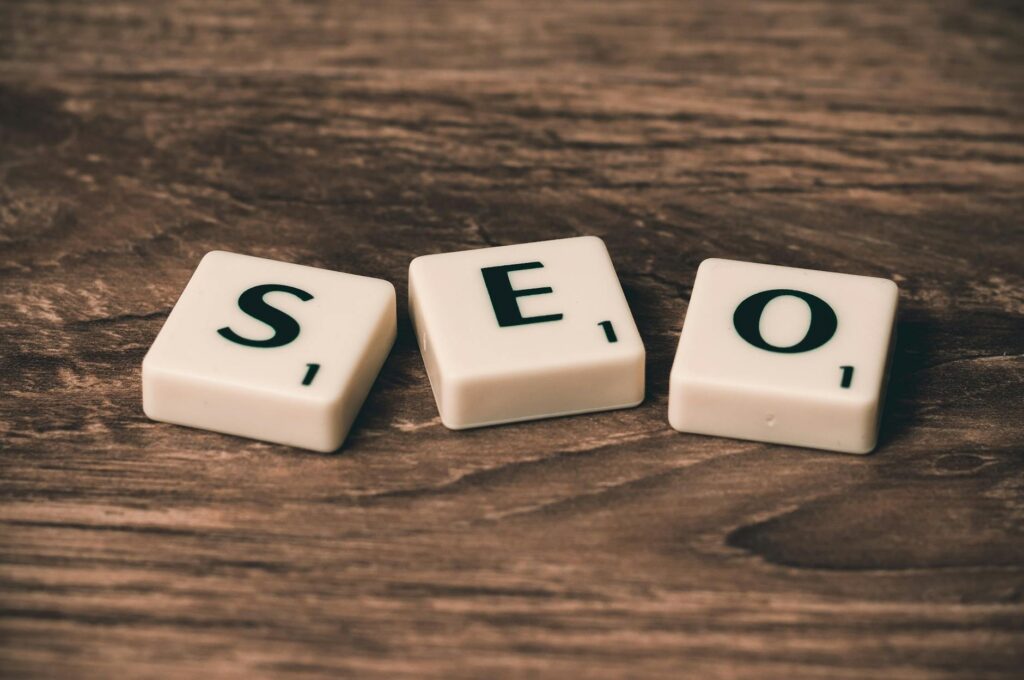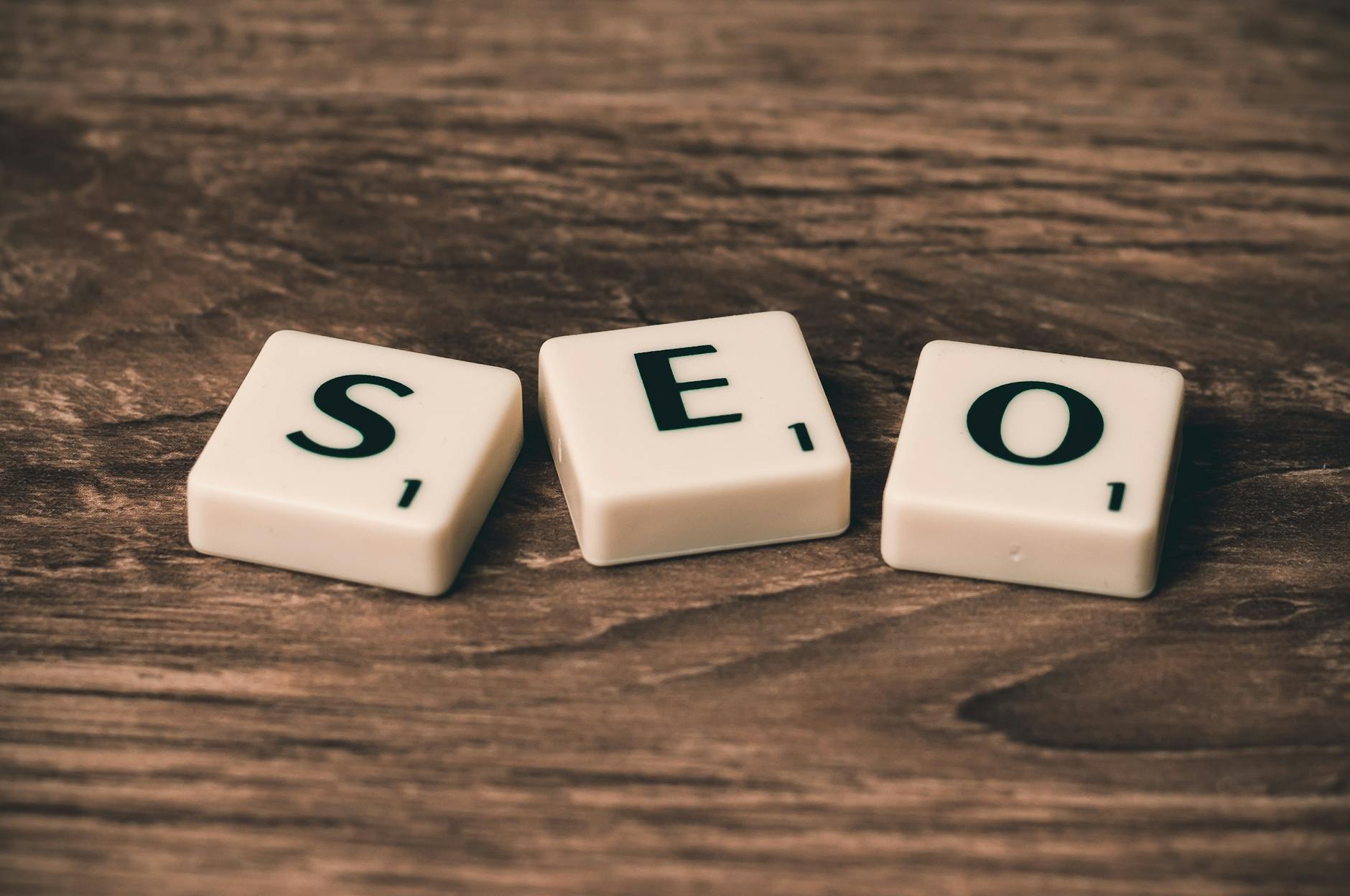What is digital disconnection?

What is digital disconnection?
In our fast-paced, technology-driven world, the concept of “digital disconnection” has become increasingly relevant. It refers to the intentional act of stepping away from electronic devices and digital platforms. By doing so, individuals can gain clarity, enhance their well-being, and reconnect with the world around them. As we navigate daily life filled with screens, notifications, and endless social media interactions, understanding the significance of disconnecting from our devices is essential for personal growth and mental health.
Understanding Digital Disconnection
Digital disconnection is more than just a trend; it’s a necessary practice in a society dominated by technology.
Definition of Digital Disconnection
Digital disconnection involves voluntarily reducing or eliminating screen time and digital interactions. This can encompass turning off notifications, logging out of social media accounts, or even taking longer breaks from technology. The goal is to reclaim time that might otherwise be consumed by digital distractions. It allows individuals to focus on real-world interactions, creativity, and personal development.
Historical Context
The evolution of technology has accelerated the prevalence of digital disconnection. In the early days of the internet, online interactions were limited to text-based communication. Fast forward to the present, where smartphones and social media dominate our daily routines, making it increasingly challenging to disconnect. The rise of the digital age has fostered a culture of constant connectivity, making the concept of digital disconnection more critical than ever. The necessity to unplug has become a response to the overwhelming nature of digital communications and the stress they can induce.

Photo by Pixabay
The Importance of Digital Disconnection
Why should we prioritize digital disconnection? The benefits are numerous and profound.
Impact on Mental Health
Studies have shown that digital disconnection can lead to improved mental well-being. For instance, research indicates that reduced screen time is associated with lower stress levels and better emotional health. When we disconnect, we escape the constant barrage of notifications and digital demands that can lead to anxiety and burnout. By unplugging, we can create space for reflection and mindfulness, allowing us to recharge mentally. A study examining the effects of digital disconnection highlighted its positive correlation with subjective well-being here.
Productivity and Focus
Have you ever noticed how easy it is to lose focus while working on a task? Constant digital distractions can significantly hinder productivity. Taking time away from screens can enhance your ability to concentrate and complete tasks efficiently. When you disconnect, you’re allowing your brain to reset and refocus, which can lead to greater creativity and productivity. A study on digital distraction highlighted the importance of controlling our attention and reducing stress here.
Strategies for Achieving Digital Disconnection
Implementing strategies to disconnect can be easier than you think.
Scheduled Disconnects
One effective method is to set specific times for disconnecting. Designate “tech-free” hours in your day, such as during meals or before bedtime. This practice can help you establish boundaries and create a healthier relationship with technology. Start small, gradually increasing your disconnect time as you become more comfortable.
Digital Detox Programs
Consider enrolling in a digital detox program, which can provide structure and support for your disconnection journey. Various programs offer techniques for reducing screen time and improving mindfulness. For example, some popular digital detox strategies include turning off non-essential notifications and limiting social media usage here.
Mindfulness and Presence
Incorporating mindfulness practices into your daily routine can enhance your ability to disconnect. Mindfulness involves being present in the moment and can help reduce the urge to check your devices constantly. Techniques like meditation, deep breathing exercises, or even simply enjoying nature can bolster your capacity for digital disconnection.
Challenges of Digital Disconnection
While the benefits of disconnecting are clear, several challenges can make it hard to unplug.
Fear of Missing Out (FOMO)
FOMO is a powerful force that often keeps us tethered to our devices. The anxiety associated with not being in the loop can deter individuals from taking the necessary step to disconnect. Recognizing that it’s okay to miss out on certain online events or conversations can be liberating. Embracing the idea that your well-being is more important than constant connectivity is crucial for overcoming FOMO.
Work Expectations and Connectivity
In today’s work culture, there is often an expectation to be available around the clock. This constant connectivity can lead to burnout and decreased job satisfaction. Setting clear boundaries with your employer and colleagues about your availability can help mitigate this pressure. Communicate your need for digital disconnection to foster a healthy work-life balance.
Concluding Thoughts on Digital Disconnection
Digital disconnection is a vital practice in today’s technology-saturated environment. By intentionally stepping away from screens, we can enhance our mental well-being, boost productivity, and cultivate meaningful real-world connections. As you reflect on your digital habits, consider incorporating strategies for disconnection into your routine. Remember, it’s not about completely abandoning technology but finding a healthy balance that promotes your overall well-being. Embrace the power of disconnecting and watch as your life transforms for the better.